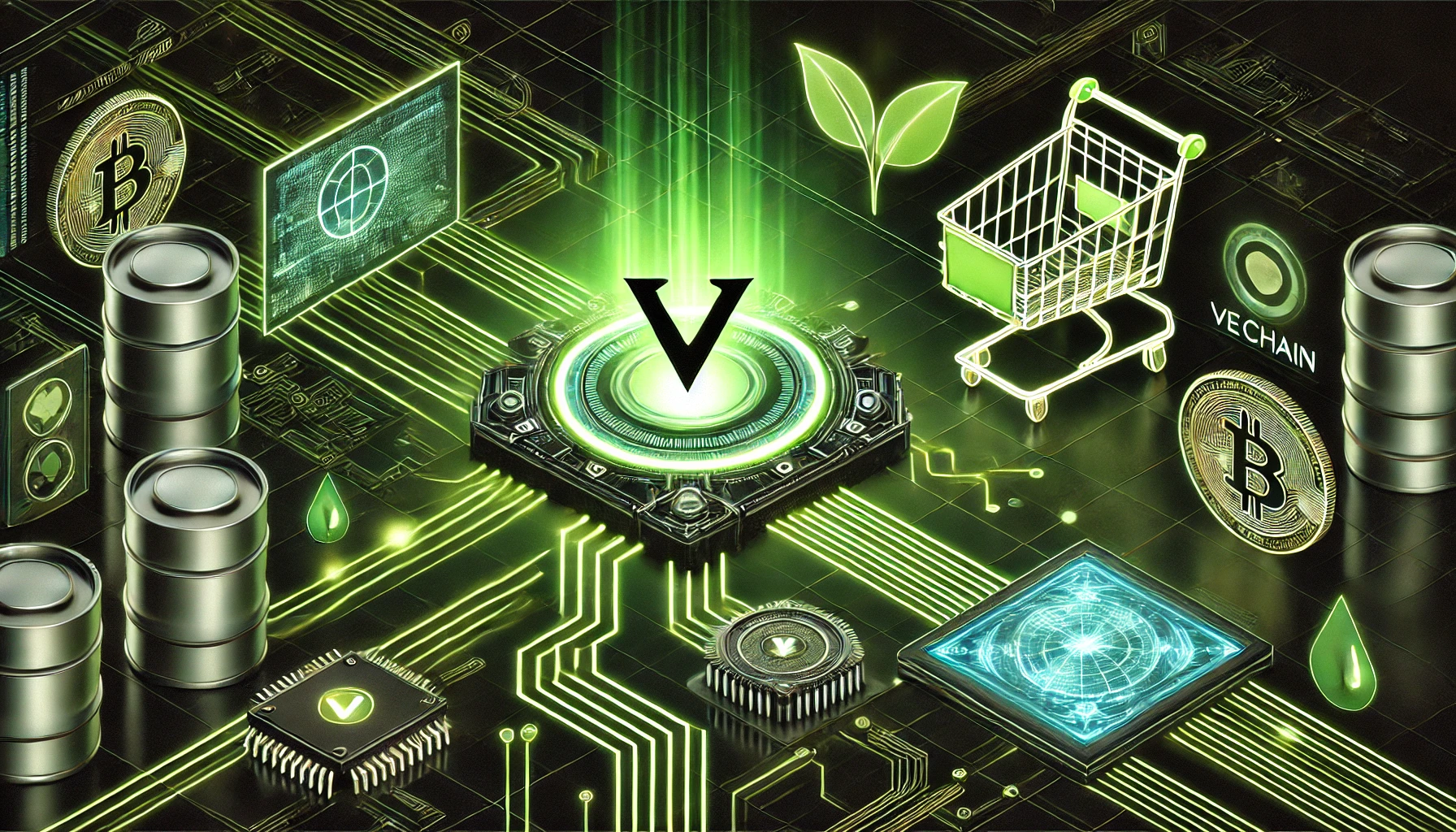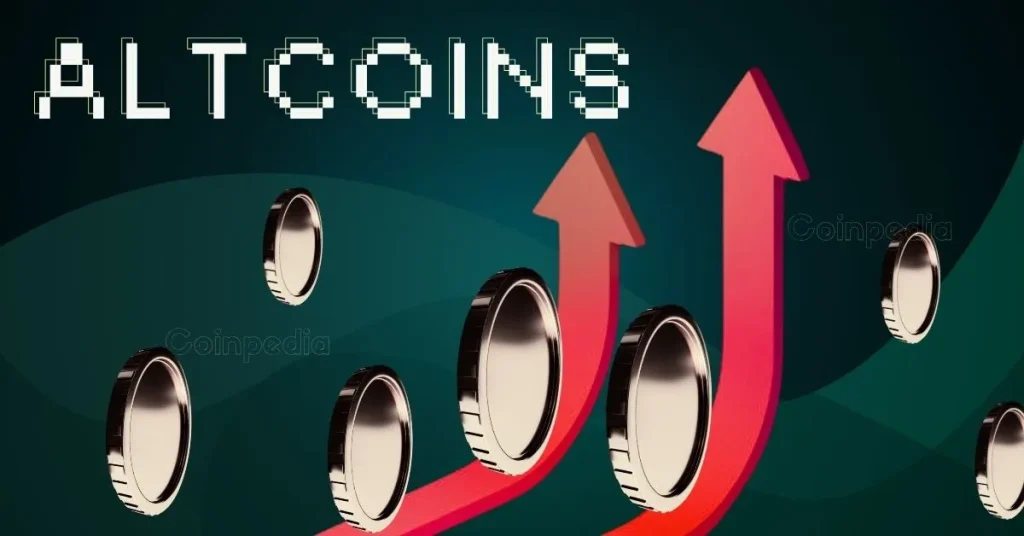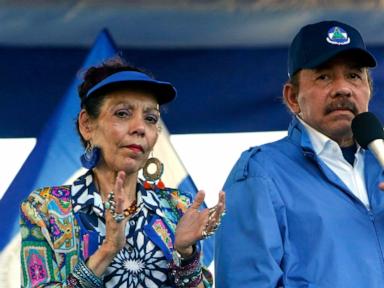ARTICLE AD BOX

- With ESG funds projected to reach $50 trillion by 2030, VeChain’s technology enables the tracking of CO₂ emissions, supply chain security, and regulatory compliance.
- By offering a cryptographically secure and public ledger, VeChain provides verifiable supply chain and emissions data to ESG managers and climate investors.
VeChain has emerged as a top blockchain solution provider, offering confirmation for sustainable finances within the ESG investment world. With ESG funds growing quickly and expected to reach $50 trillion by 2030, having reliable and data-supported systems is becoming more necessary.
VeChain’s Achievement In Sustainability Ventures
Even though there are a lot of sustainability disclosures, industry professionals still encounter a significant lack of data. “You can’t manage what you can’t measure,” said VeChain ambassador Sebastian via X. He further added, “Trillions are being allocated… but almost no verifiable data exists.”
VeChain deals with this issue by including transparency and accountability in the design of capital markets. Other networks in the industry often stress TVL and returns for investors, but VeChain focuses on how it impacts the environment. It means checking the CO₂ emissions, supply chain security, and conformance with regulations.
The platform’s features are applied in real projects being carried out outside the laboratory. Cleanify is a project that guarantees low carbon emissions when it sends orders. With BetterBag, you can keep track of your reusable packaging, while Carbonlarity helps with the Scope 3 analysis of your carbon emissions. “This isn’t about pilots or promises. It’s about real apps, real impact, right now,” the VeChain ambassador declared.
VeChain is unusual because it was specifically designed for environmental, social, and governance requirements. The unique structure of the network ensures that market prices do not fluctuate and that the network uses limited power. Teaming up with well-known firms like PwC, DNV, and Boston Consulting Group helps Grayscale prepare better for regulatory changes.
All transactions on the blockchain are recorded in a public and cryptographic way, making sure they are not changed. ESG managers and those controlling climate investment now have the chance to verify supply chains, assess greenhouse gas emissions, and verify sustainability actions with records on the blockchain instead of depending on trust.
“ESG managers ask, ‘Can I trust these emissions claims? Can I audit this supplier trail?” Sebastian stated. He added, “VeChain answers not with slides, but with public, sealed data.”
Crypto Tokens In Use For a Sustainable Environment
Moreover, thanks to VeChain’s structure, people can use tokens in exchange for taking environmentally sound actions, as mentioned in our previous post. Packaging origin and involvement in the circular economy are two datapoints that are tracked and available for examination.
More attention from investors and regulators is causing entities to shift away from reporting on values towards reviewing how well resources have been spent. The post points out that LPs are not expecting developers to make false promises. Sebastian wrote, “They want traceability. Where did it come from? How was it made? Can I trust this metric?”
VeChain has chosen to go beyond being a blockchain and has introduced the ‘ESG Operating System’, which acts as a straightforward, sustainable capital logbook. As managing funds requires careful consideration, VeChain thinks it offers the missing piece. Sebastian highlighted this by stating, “Not just climate reports—but climate receipts.”
.png)
 5 hours ago
2
5 hours ago
2








 English (US)
English (US)